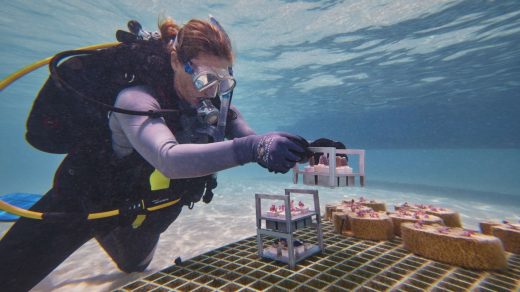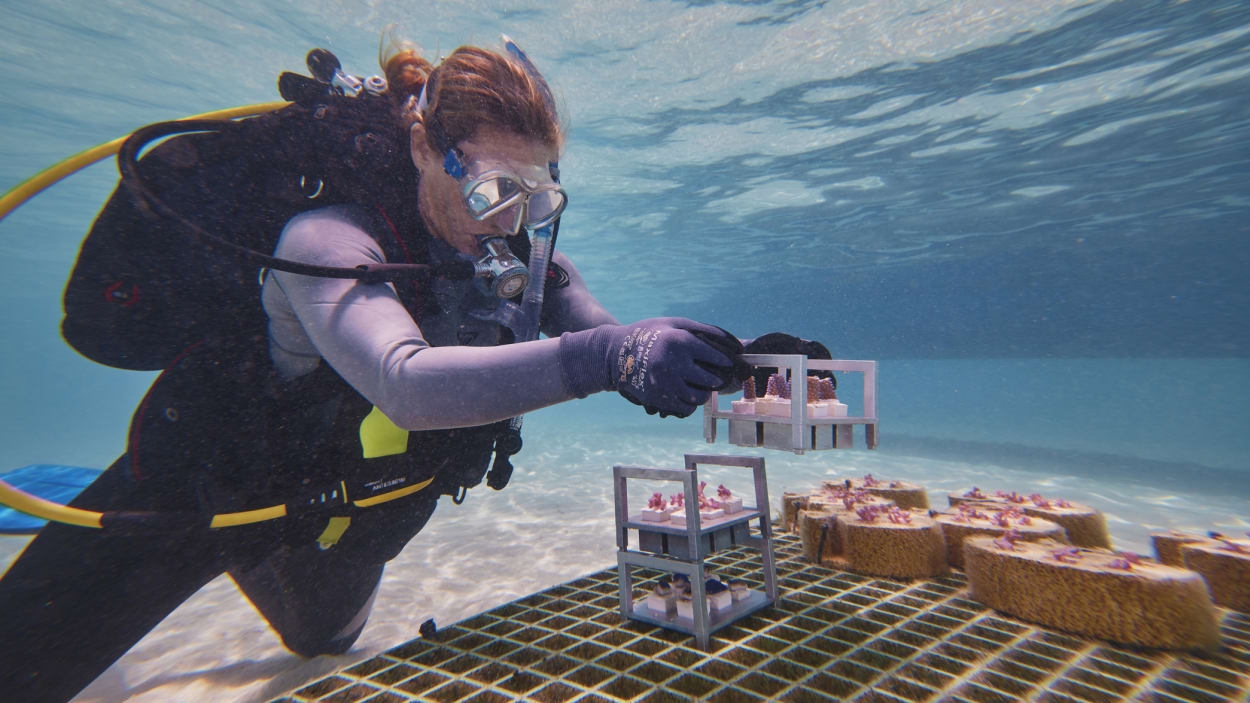These ‘skeletons’ are made from construction waste and could help restore coral reefs at a massive scale
Seven years ago, on a remote coral reef halfway between Indonesia and Australia, coral scientist Taryn Foster watched as record ocean temperatures decimated the pristine ecosystem that she’d been studying for years.
“The whole system just crashed,” she says. “It was a super disturbing thing to see. Over the space of a few months, or even weeks, we saw the corals bleach, and then we came back a few months later, and much of the system had died—everything that relies on the coral, like the fish, and even giant 100-year-old clams, had died.”
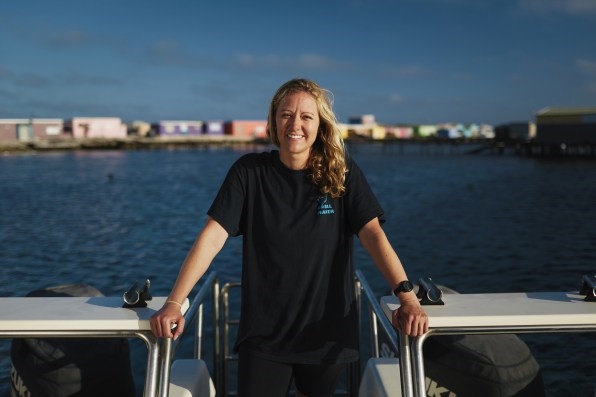
Foster was early in her career, but it was already the second mass bleaching event that she’d witnessed. She knew that the problem would only get worse because of climate change. “I started thinking more about interventions and solutions,” she says. “And whether there was more I could be doing than sort of recording decline, which is what it felt like I was doing.” She’s now CEO of a startup called Coral Maker, which has developed new technology for restoring coral reefs at a large scale.
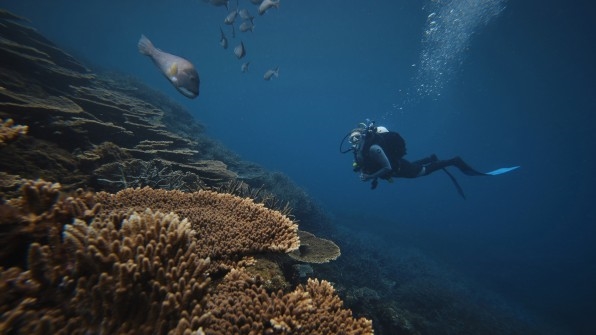
Coral restoration work—where fragments of coral are grown in nurseries and then reattached to reefs—is limited now by the fact that it’s done manually. Foster, who had grown up with a family business that mass-produced construction materials, started wondering if restoration could borrow some of the same manufacturing strategies.
“As an intervention strategy, we weren’t able to scale restoration to have a meaningful impact,” she says. “And yet there are these other industries that do operate at the scale we’re thinking—millions or tens of millions per year.”
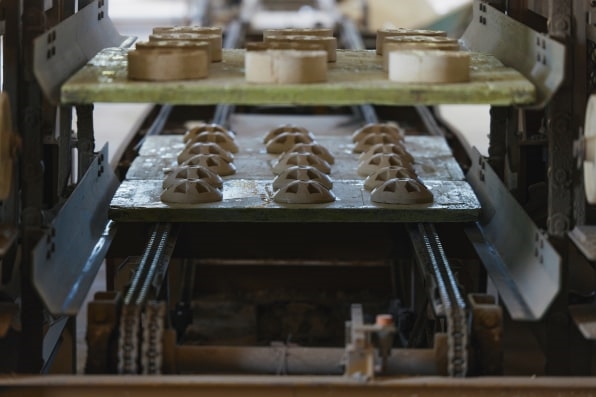
On a Fulbright fellowship, she traveled to San Francisco to begin working on a more automated system. At Autodesk, the design and engineering software company, she joined a program that connected her with pro bono help from employees. They helped design a new mold for the same basic equipment that her family uses to make blocks for walls. Instead of blocks, the new mold makes coral “skeletons,” which each have six small spaces where fragments of coral can be attached, and a handle on top so divers can place the structures in the ocean. (The skeletons are secured in place using wires.)
Over time, the coral will grow and fuse together into one piece. Planting corals on this type of structure means that they can become established much more quickly (depending on the type of coral, it could happen in months rather than years). “You bypass a lot of that skeletal growth that they would have to do otherwise if you just planted one little individual,” Foster says.
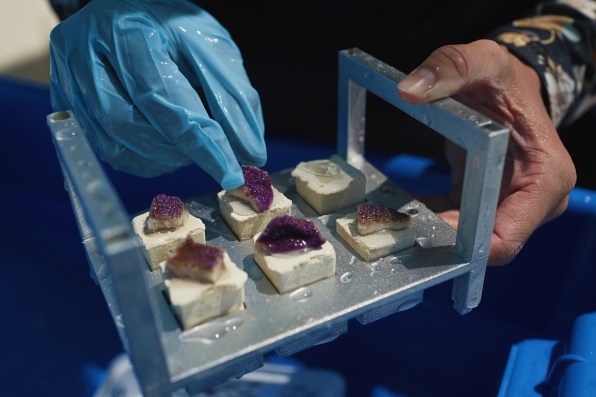
She had originally considered using 3D printing, which can create coral skeletons in much more complex and natural-looking shapes. But a 3D printer can take hours to produce one of the structures; the construction manufacturing equipment can make 10,000 in a day. It can also use waste materials from local construction to form the skeletons.
Autodesk engineers also helped with a second problem: “seeding” a skeleton with coral takes time, as people place each fragment of coral by hand with a blob of glue. The team is now working on a robot that can automate most of that process. Eventually, remotely-operated vehicles with robotic arms could also help plant the coral skeletons in the ocean, a process that currently requires scuba divers.
On a pilot site off the coast of Western Australia, Foster is studying how coral are growing on the first prototypes. “They’ve established a good base and they’re shooting up branches, and their extension rates are really growing,” she says. “I’m very happy with how it’s going.”
Planting coral, alone, can’t solve the overall problem. Cutting greenhouse gas emissions is critical—if the planet warms 2 degrees Celsius, that could mean that coral reefs can’t survive. The ocean keeps getting hotter. But restoration could help with a concept called assisted migration, where corals that have evolved to survive in warmer temperatures are moved to other areas.
“Corals have expanded and contracted their ranges in response to past climate changes,” Foster says. “They can move in their larval stage of their lifecycle, but it’s a very, very slow process—like 2,000 years for them to move the distances that we need them to move in the next 20 years.” Her technology could help.
Foster is now raising seed funding for her startup, called Coral Maker, and hopes to begin working across large areas as quickly as possible. “We’re dealing with a closing window of time for corals,” she says. “We’ve probably got a couple of decades to get this operating at full scale.”
(11)

